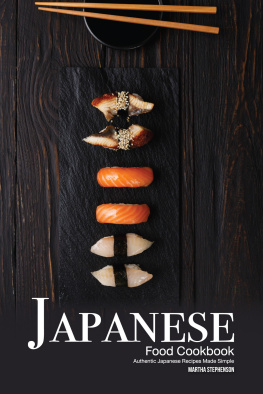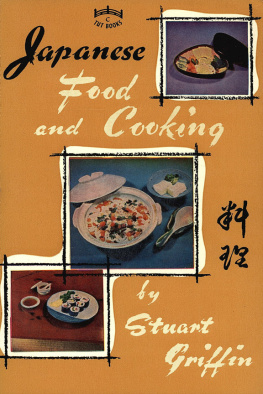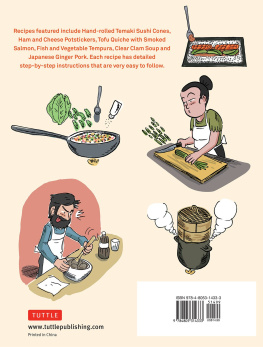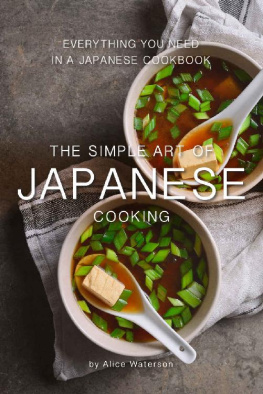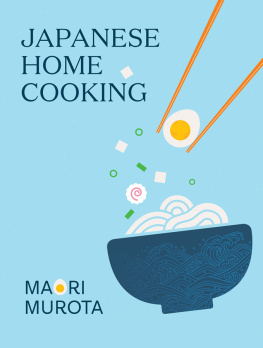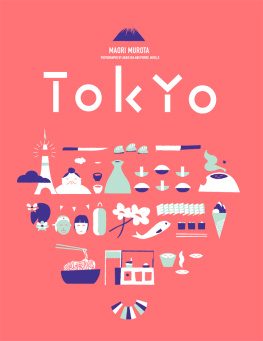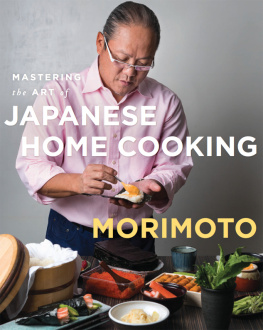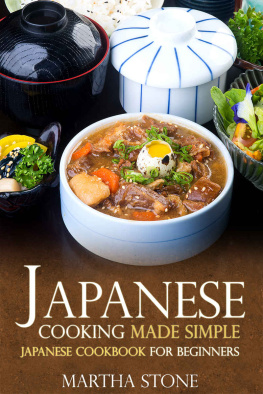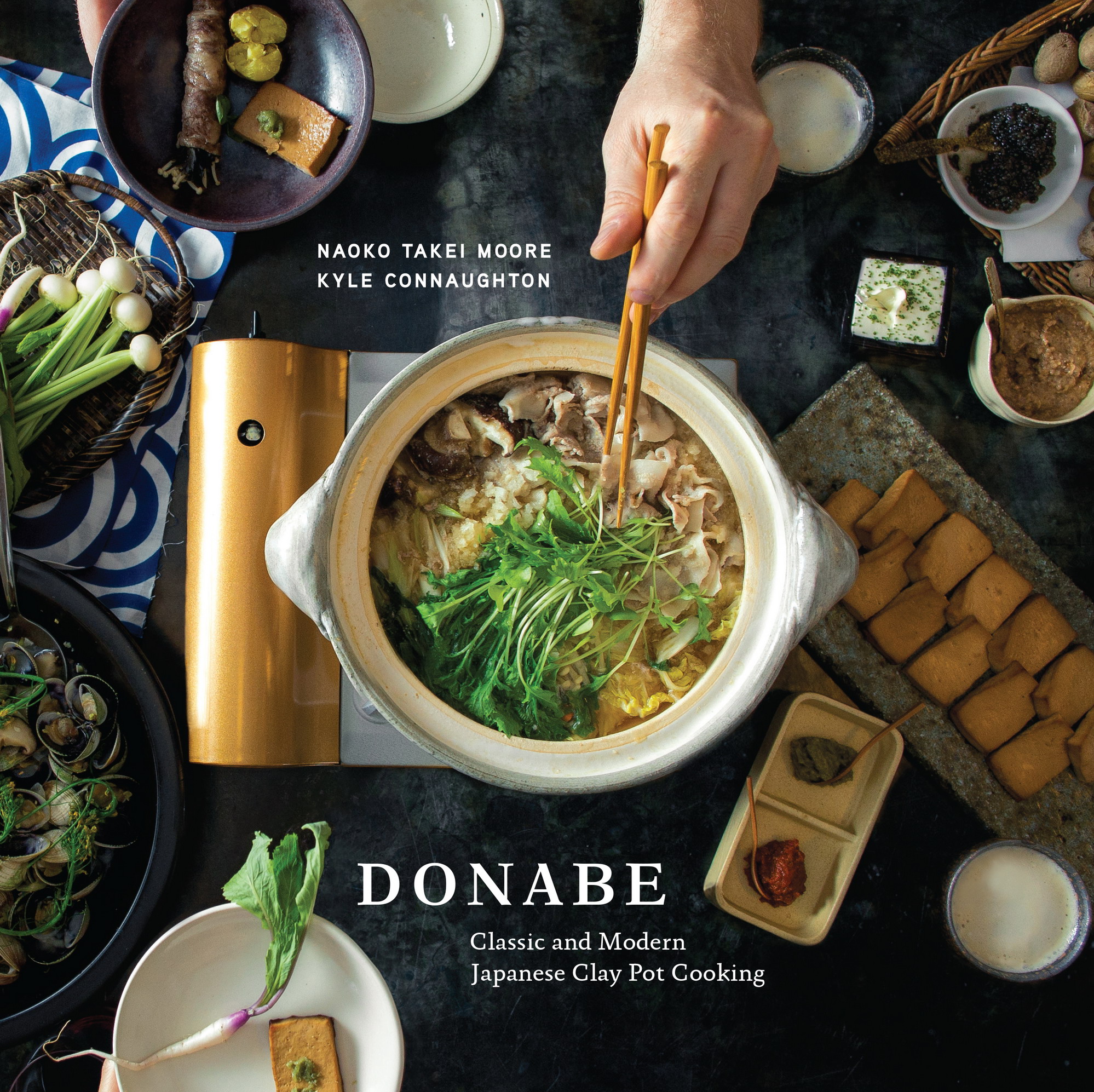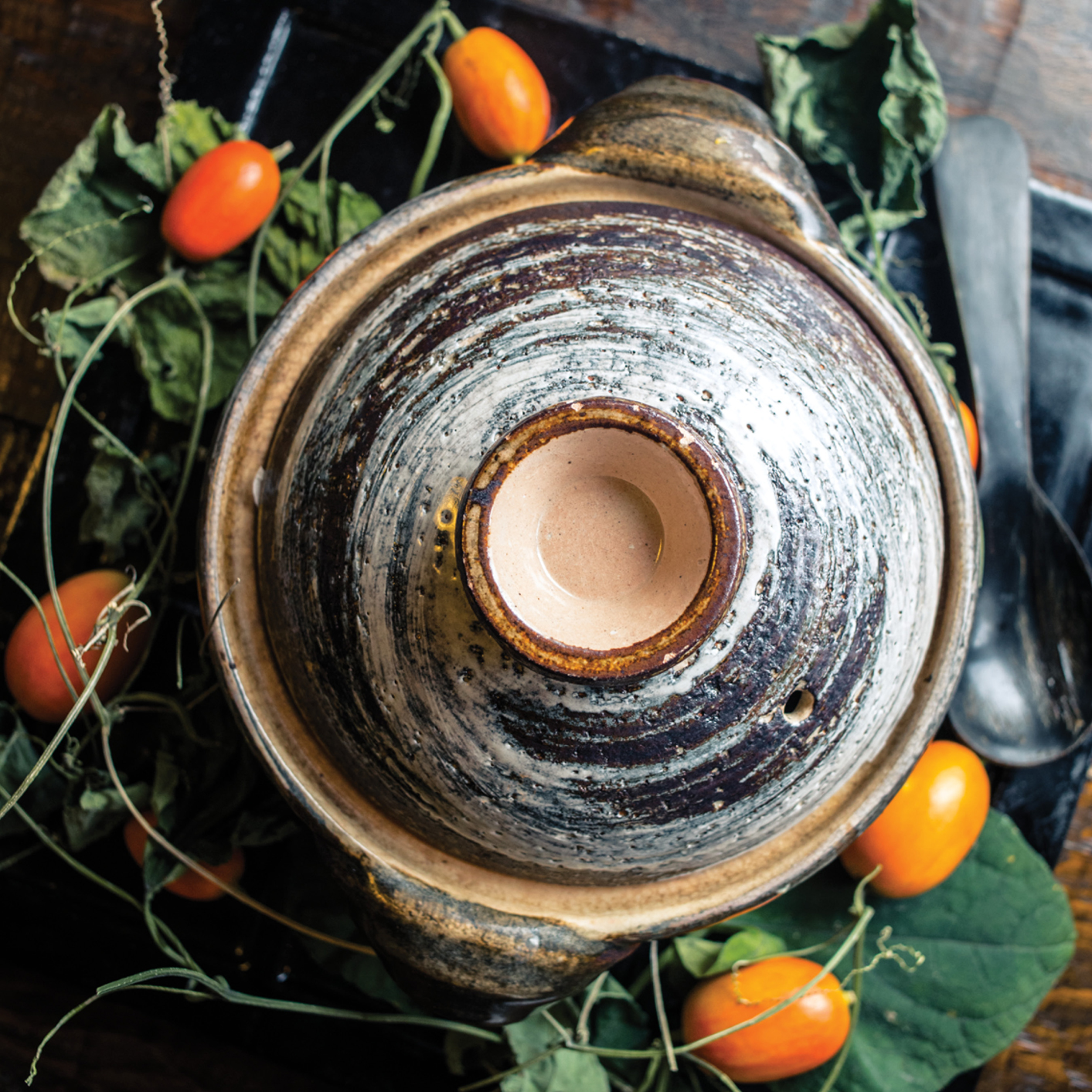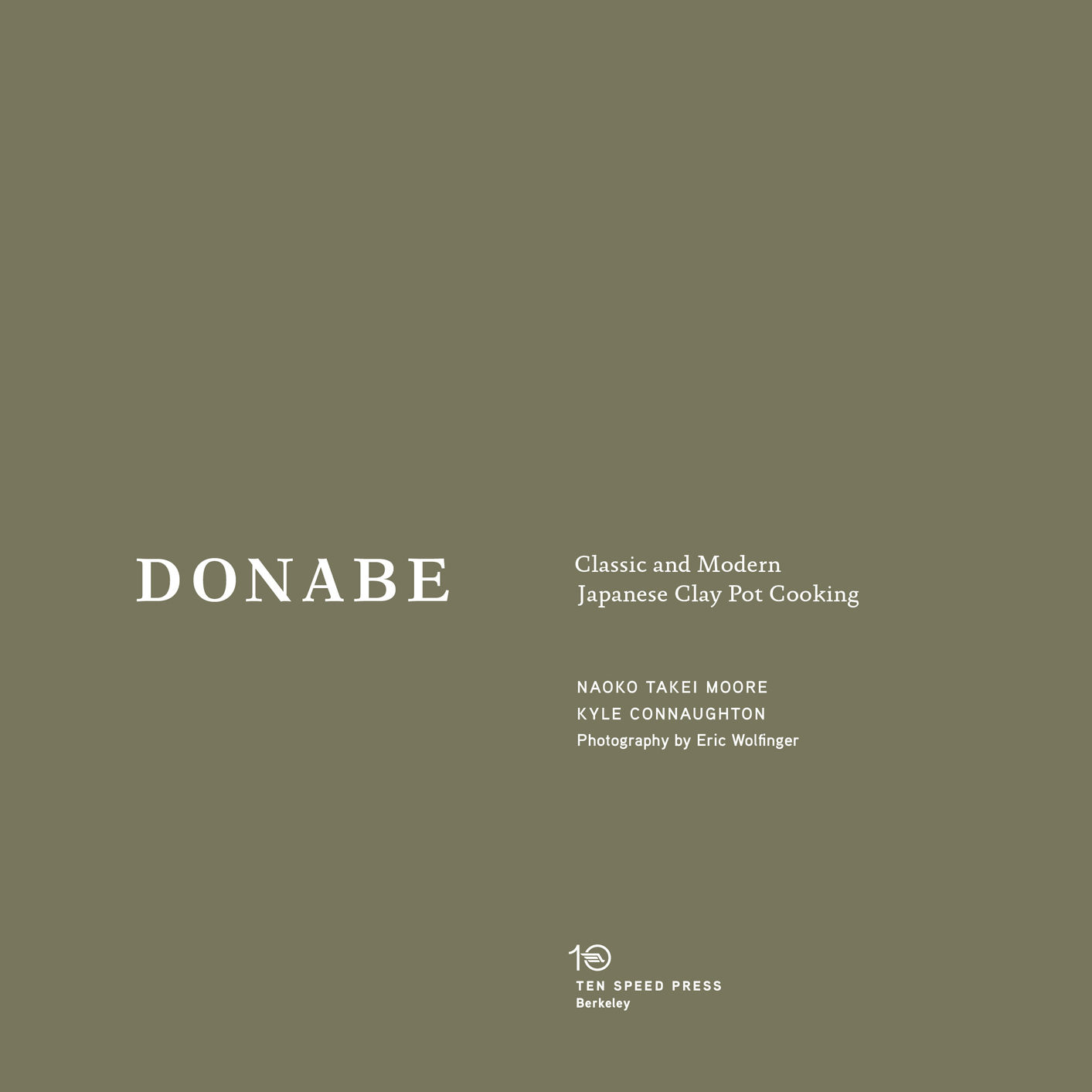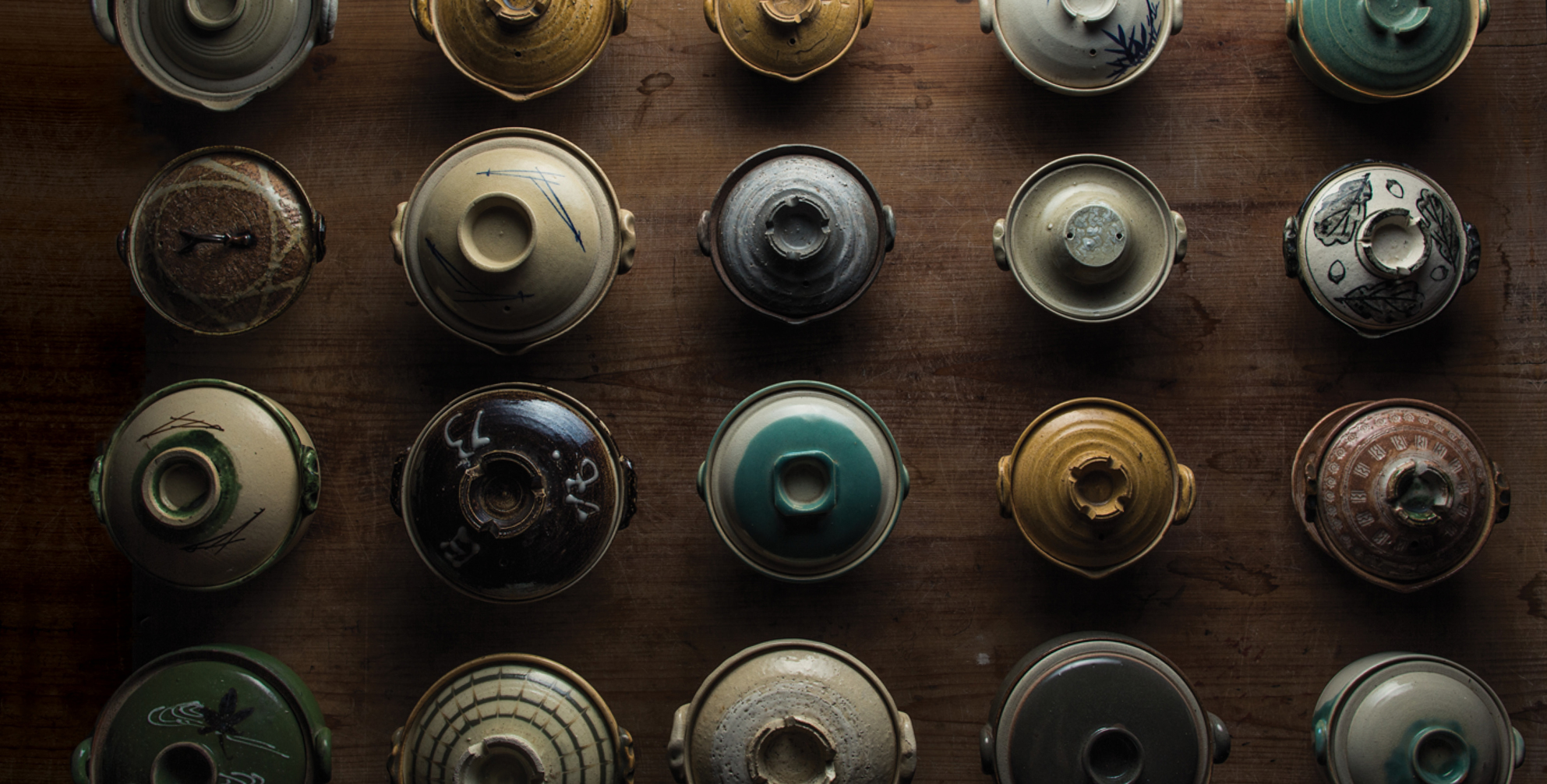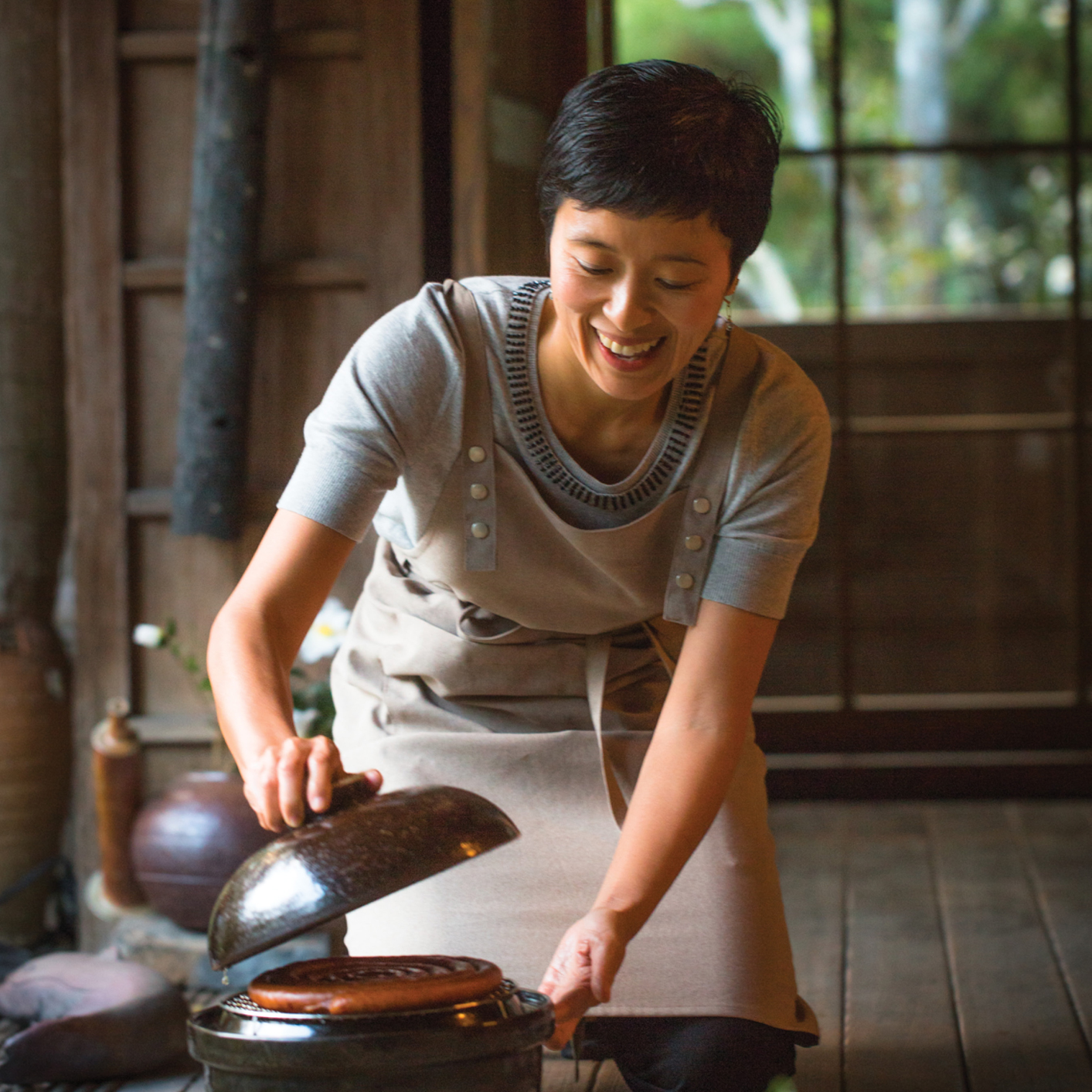Donabe from the late Edo Period to the Meiji Period (late nineteenth to early twentieth centuries)
PREFACE
Donabe (doh-NAH-bay) is a storied type of clay cookware from Japan, with roots that go deep into Japanese history. Its often used for simmering one-pot dishes, especially popular in the wintertime.
In recent years, Japanese people have been rediscovering the remarkable utility of these traditional cooking vessels. As deep as donabes history goes, it remains an everyday type of cookware used year-round. But donabes potential goes way beyond comforting hot-pot cooking; its perfect for making rice and braising meat. In addition, donabe ware brings warmth and beauty to the table. The communal nature of a donabe meal brings people together and invites conversation and bonding.
This book is all about creating these donabe experiences to be shared among family and friends.
NAOKOS STORY
I grew up in Tokyo. I have always loved cooking and eating good food, thanks to my parents, but it was when I moved to Los Angeles in 2001 to study at Le Cordon Bleu in Pasadena that I became passionate about bringing Japanese food culture to America. Los Angeles is a big, multicultural city, but real Japanese home cookingwhich is, after all, the core of Japanese food cultureis not so well known. I wanted to introduce authentic Japanese dishes and cooking styles to Americans and share the joy of cooking them.
Cooking with donabe has always been important to me, and close to my heart, but originally I used donabe for making hot pot dishes. On one of my trips back home many years ago, I tasted rice made in a double-lid donabe. It was one of the most striking food discoveries Ive ever experienced. That simple, plain rice tasted so good I almost cried. An artisanal pottery company, Nagatani-en, based in Iga, Japan, had made that donabe. This family-owned company has been making authentic Iga-yaki (Iga-style) pottery since 1832for eight generations.
So I bought a donabe for cooking rice from Nagatani-en and brought it home to L.A. I made this plain rice for my American friends, and they all loved it and started asking me where they could buy a donabe. I wrote to Nagatani-en and asked if they exported their donabe to the United States. They said no. So I wrote again and said I would like to import their donabe, and they said I could do so. Some months later, I went back to Japan and met the current generations running the Nagatani-en business. The family and I clicked immediately over an amazing donabe meal and sake. That was the very beginning of my relationship with the Nagatani family. Now, after countless visits back to Iga over the past seven years, the Nagatani family is like my real family.
Soon after the first visit to Nagatani-en in 2008, I began distributing donabe in the States. Meanwhile, my love for donabe cooking kept growing. I started collecting different, unique styles of donabe, including some made in a style similar to a Moroccan tagine pot, as well as steamers, soup and stew pots, and smokers. I found that they made my food taste better. I began to love cooking more and more. What I discovered was that donabe ware has the mysterious quality of bringing out the natural flavors of ingredients, helping them realize their higher potential.
There is actually a scientific explanation of this phenomenon: its because of the natural characteristics of donabe, their porous bodies that promote higher heat retention, and a surface glaze that promotes natural far-infrared radiant heating. The effect is just like that of cooking on a grill using glowing charcoals, a process that cooks food gradually and traps flavors inside. Inspired, I gradually expanded the donabe lineup for my online donabe shop, (www.toirokitchen.com) and I also started hosting donabe cooking classes at home.
Originally, I thought my donabe shop and cooking classes would attract mainly Japanese and other Asians who were already familiar with clay-pot cooking. But to my surprise it has been mostly non-Asian people who have ordered donabe and come to my classes. I realized that donabe culture could be adapted to Western cooking traditions. The great thing is that so many of my students, regardless of cultural background, have become repeat customers of both my shop and my classes. Sometimes they send me photos of their original donabe dishes. My shop also has international customersa customer in Sweden even sent me photos of his donabe reindeer stew! It looked so tasty. At that moment, I felt as if two completely different worlds had become connected.
In 2013, UNESCO designated washoku, traditional Japanese cuisine, as an Intangible Cultural Heritage of Humanity because of its respect for nature and for the proper seasoning of home cooking, passed down over centuries of shared mealtimes. Donabe is the perfect expression of Japanese home cooking. Now I feel even more responsible for the role I play as a Japanese cooking teacher and donabe ambassador living abroad. Im on a mission to spread the word about the Japanese healthy lifestyle and authentic washoku home cooking.
Many typical donabe dishes require little or no fat and light seasoning, yet the results are very satisfying. Also, many donabe dishes are typically one-pot dishes, meant to be served at the table right out of the pot. As a result, preparation and cleanup tend to be easier compared with using other cookware. Donabe cooking is convenient for busy people who want to eat tasty, nourishing meals at home.


